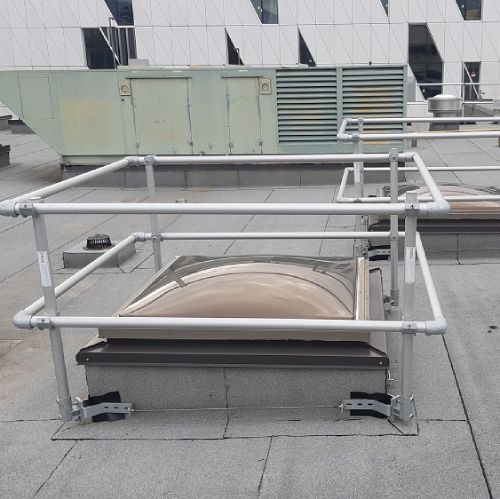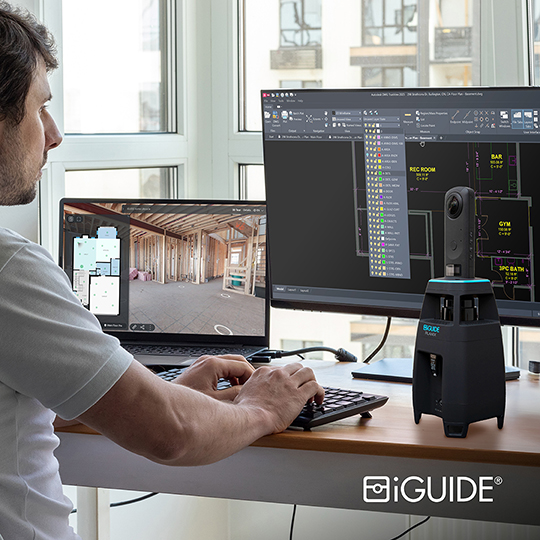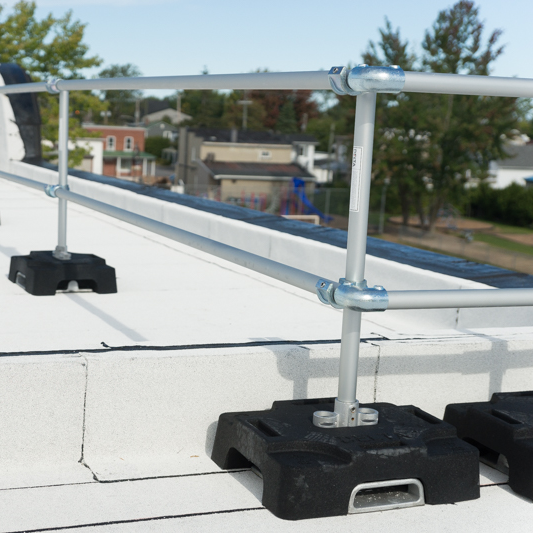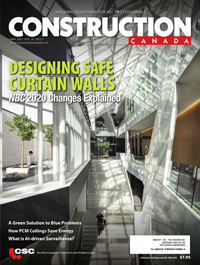Decorative Ceiling Panels: Opting for metal or styrene design
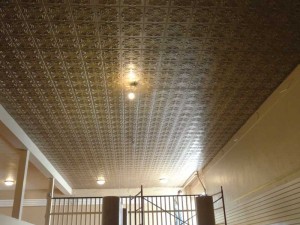
Since these panels are thermoformed (i.e. created using a process involving heat and pressure), they have a very fine detail that cannot be matched with metal. They are also very cost-effective in terms of both the upfront cost of the panel, as well as the overall labour expenses. White panels are typically priced in the range of $16/m2 ($1.50/sf).
Solid-coloured panels are uniform in their look all the way through the product—there is no painting needed, making them much more durable through the installation process and the after-care. These coloured panels are priced at approximately $27/m2 ($2.50/sf). If the standard hues available do not work for the specific application, white panels can be spray- or latex-painted. (With the latter, best results come from priming first.) ‘Patina’ options (like on page 46) are also available.
Styrene panels are also the same thickness as metal panels and typically do not dent. This multifaceted panel can be used indoors or outdoors; as it is not affected by moisture, one need not worry about areas with high humidity (e.g. bathrooms or pool areas).
To most people, there is no discernible visual difference between installed styrene and metal panels.
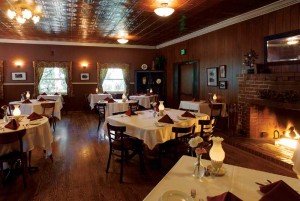
Installation
The most desired attribute of the styrene panel is its installation. They can be installed on any clean, dry, solid surface. They are not nailed up, but are rather glued using the approved adhesive recommended by the manufacturer. Since the panels are styrene, slight imperfections in the surface can be tolerated. They can even be applied over ‘popcorn’ (i.e. stippled) ceilings by just taking off the large chunks and cleaning the surface.
When applying these panels in an existing suspension system, one must glue them to the existing panel and re-lay the panels into ceiling. Glue applications are done by laying a 6.4-mm (¼-in.) diameter bead around the panel’s perimeter, and in both directions in the middle of the portion staying in the dot dash sections.
Just as with metal panels, layout is very important. It is critical to consider where the entrances to the room are, where the light is coming from, and where the cut edges will end when making the decision on where to start. Adhesive is applied to the back of the panel, which is then pressed (both edges and centre) onto the surface. Again, as with metal, the next panel overlaps at the dot dash to yield a seamless look.
For the cleanest look, joints should be staggered to avoid a buildup in the corners. When it becomes necessary to cut a panel, scissors or a utility knife is all that is needed. By relegating cut edges to the perimeter of the room, one can later hide them with any type of crown moulding or trim to finish it off. When working around recessed lights or items in the middle of the room, the styrene panel is easily cut out with the utility knife; metal panels can be much harder to work with—metal snips are used.
The styrene panels can also be used in areas besides the ceiling, including entire walls, wainscotings, cupboard doors, or backsplashes.
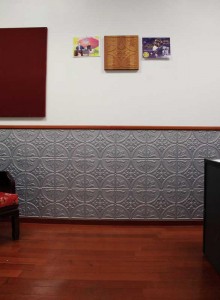
Other considerations
With considering risks associated with fire, metal panels can be somewhat of a hazard when proper precautions are not taken. This is because the metal panel can trap the flame above it, creating pockets of fire that can be very dangerous for firefighters. Styrene panels are Class-A fire-rated and restrictions are only limited per the prevailing code.
Longevity of styrene and metal panels depends on the environment they are in, as well as the installation and preparation employed. Metal panels must be treated on both sides to keep the panels from rusting. Styrene panels must be applied to a solid surface with an approved adhesive.
With respect to noise control, the metal panels have no acoustical value. In fact, they can actually contribute to a higher ambient noise level in the installed area because they reflect all the noise energy. The styrene panels have been tested and have a noise reduction co-efficient (NRC) rating of 0.20 based on adhesion to gypsum wallboard or plywood.
Conclusion
More often than not, the ceiling is forgotten as a decorative and architectural field. The metal and styrene panels bring a visually dynamic and versatile aspect to any project. Knowing full well the area of flooring is in direct relationship to the area of ceiling, it seems strange many design professionals ignore this blank canvas.
Of course, plain drywall and paint will suffice for many owners, but opting for decorative ceiling tiles helps separate one project from the rest. By delving into metal and styrene products and considering the design options, colour combinations, cornices, and trims, the possibilities become virtually endless.
Jeff Fuller is the general manager of Surfacing Solutions. As a graduate of Mankato State University (Minnesota), he brings a wide range of experience in sales, marketing, and project management. Fuller has extensive experience in residential and commercial construction, working with designers and architects across the continent. He can be contacted via e-mail at jeff@surfacingsolution.com.

